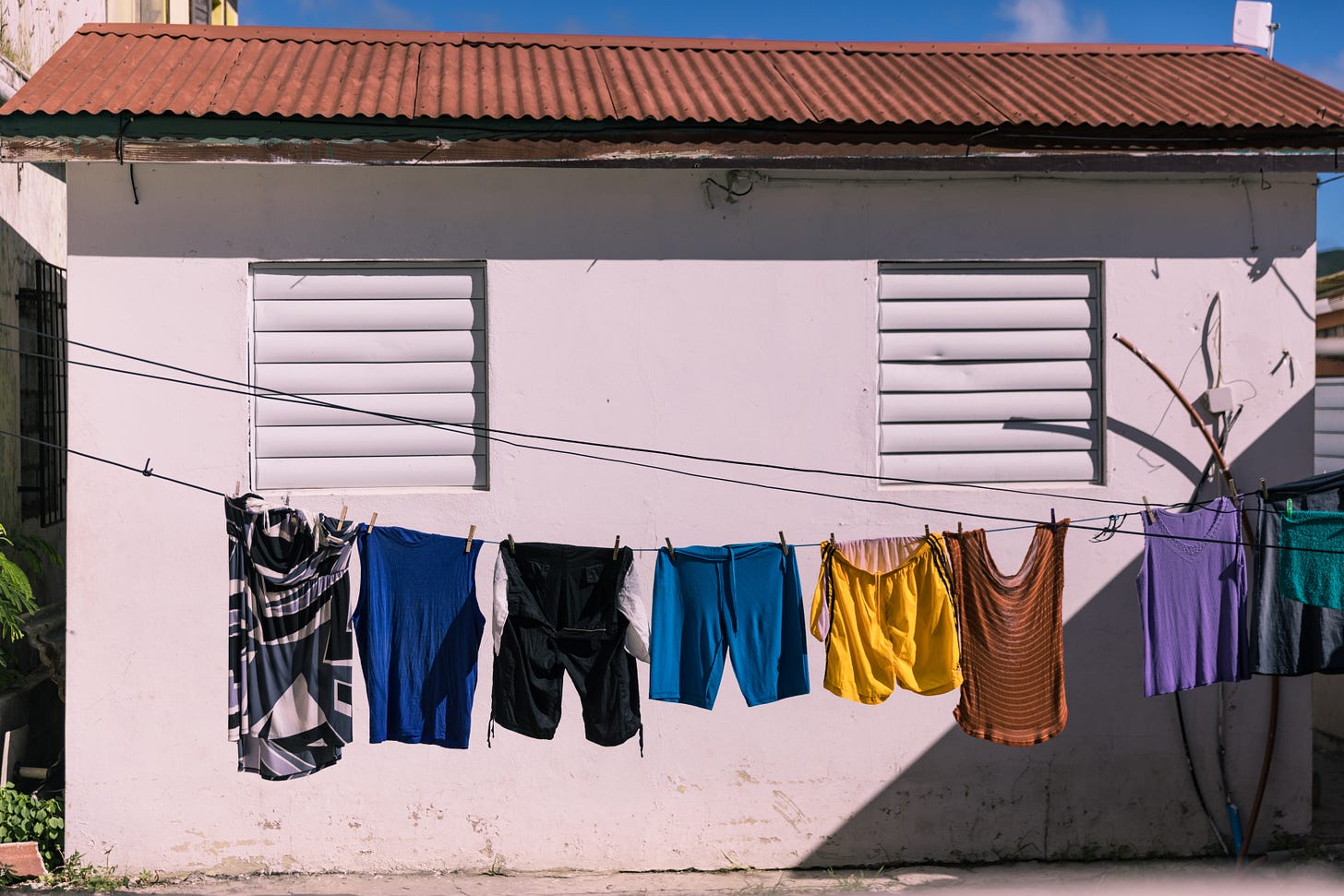Dejunk Yourself Week Two: A Capsule Wardrobe Without the Capsule
How to figure out the age-old problem of clothing
This is a paid subscriber-only course. If you want in on the fun, subscribe here with a 7-day trial, free e-book, simple living courses, and weekly waste-reducing recipes all for $5 a month / $50 a year ⬇

Aaah clothes. We love them. Sometimes a little bit too much:
The average person owns 148 items of clothing (in the US, it’s 173)
On average, people spend $161 per month on clothing
We only wear 10% of our clothes on a day-on-day basis
40% of our clothes are never worn
We buy 60% more clothes - but keep them for half as long - as we did 15 years ago
350,000 tonnes of wearable clothes end up in landfill
The average American throws away 65 pounds of clothing every year
In other words, clothing is a pickle. Too many of us have too much of it but don’t know how or what to do with it all. Do you throw away? Donate? Keep just in case?
Welcome to week two of Dejunk Yourself - a comprehensive how-to guide to curating a beautiful, practical closet that makes you feel neither guilty nor deprived.
Keep reading with a 7-day free trial
Subscribe to This much I know to keep reading this post and get 7 days of free access to the full post archives.




